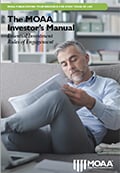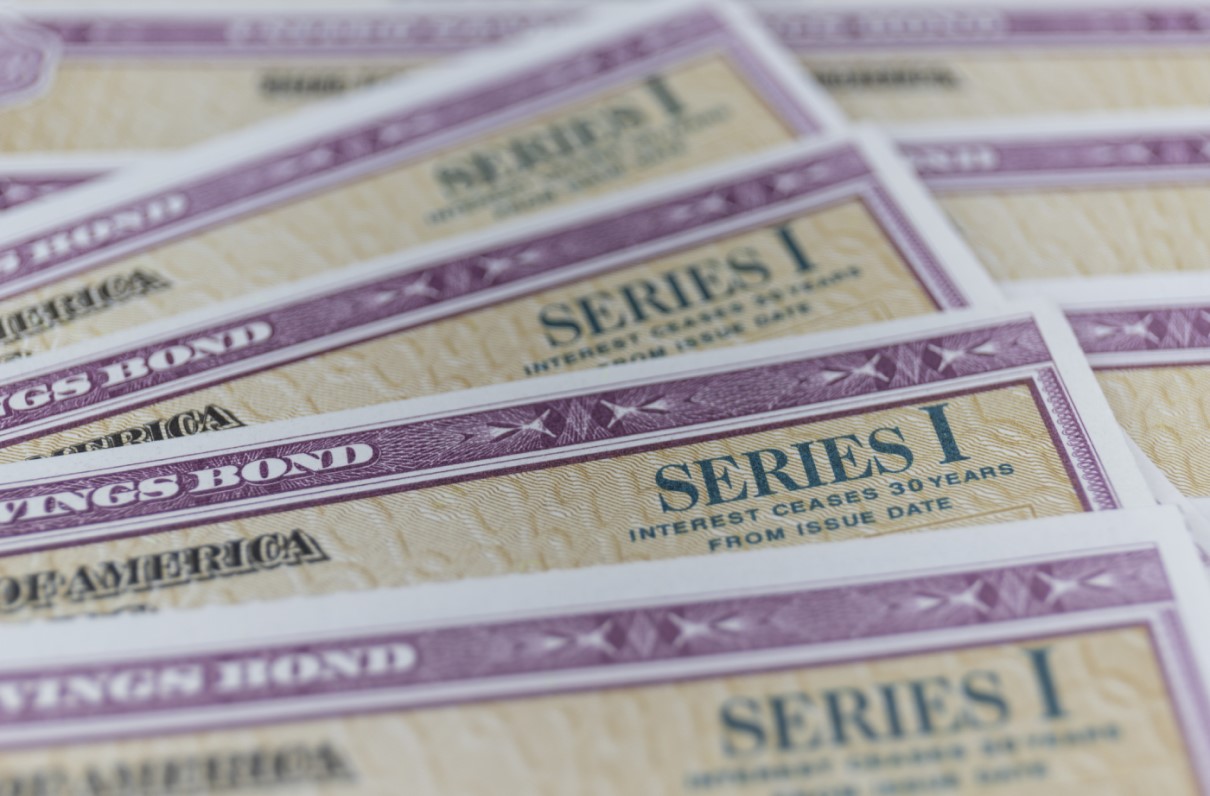Over the past few years, Series I savings bonds, a Treasury-issued hedge against inflation, have become very popular. As inflation rose, so did the I bond’s variable rate. When the rate hit 9.62% last year, eager investors crashed the TreasuryDirect website.
[RELATED FROM MOAA: All About I Bonds]
But inflation has eased a bit, and I bond rates have dropped. The new rate, announced Nov. 1, is 5.27% -- a composite rate made up of a fixed rate (1.3%) plus an inflation rate.
Only new bond purchases get the fixed rate for the lifetime of the bond. So, if you are an existing bondholder who purchased before the new rates were announced, your holdings are likely only getting the inflation rate of 3.94%, which is less than the interest rates being offered on most high yield savings accounts as well as most certificates of deposit (CDs).
MOAA does not provide financial planning services, nor can we offer specific guidance for individual investment decisions. However, if you’re considering cashing in your I bonds, make sure you understand your options and, more importantly, the rules.
I Bond Basics
You must hold your I bond for at least 12 months after purchase. If you cash in the I bond within five years of purchase, you lose the last three months of interest on the bond.
[RELATED: MOAA's Financial Calculators]
I bond interest rates change every six months because the variable inflation rate is pegged to the Consumer Price Index (CPI). The rate change is announced twice a year – in May and November (see historic rates here), but note that each investor has their own six-month reset window.
For example, if you purchase an I Bond in July, your interest rate will stay whatever it is on the date of purchase for the next six months. The Treasury may announce a new interest rate in November, but your interest rate won’t reset until January.
If you’re looking to cash in, this information will help you decide when to do so: If a new, lower interest rate gets announced, you’ll want to check your purchase date to make sure which month your interest rate is resetting to the lower rate. Otherwise, you might cash in too soon and lose the last few months of the higher rate.
Ideally, you want to cash in three months after your I bond’s interest rate drops so the three months’ worth of interest you lose is at the lower interest rate. It’s also better to cash in at the beginning of a month, because interest is computed and added at the end of the month. If you cash in close to the end of a month, you will lose that entire month’s interest.
[RELATED: Thrift Savings Plan Rule Change Aimed at Spurring Savings Growth]
You can see your I bond’s current value and interest rate in your TreasuryDirect account. If your I bond is less than five years old, the values shown do not include the last three months of interest.
To cash in an electronic I bond, navigate to ManageDirect in your account and use the link for cashing securities.
Savings bond interest is subject to federal income tax the year you cash in, but not state or local income tax. You will receive an electronic 1099-INT in your TreasuryDirect account by Jan. 31 of the year after you cash in. If the bonds are used to pay for higher education, you may avoid paying taxes on the interest, but there are income and other restrictions.
 Download The MOAA Investor’s Manual
Download The MOAA Investor’s Manual
This guide will help you better understand and manage your investments. It's available exclusively to PREMIUM and LIFE Members, who also may speak with MOAA benefits and financial counselors for further assistance.
Not a member? See below to learn more about joining MOAA or upgrading your membership.

